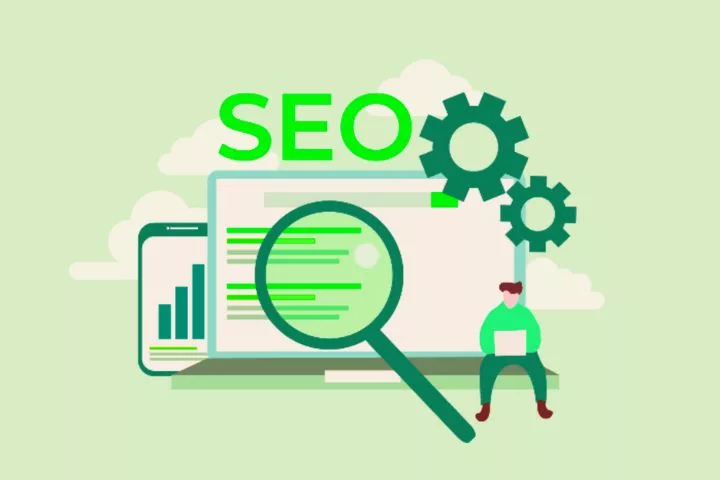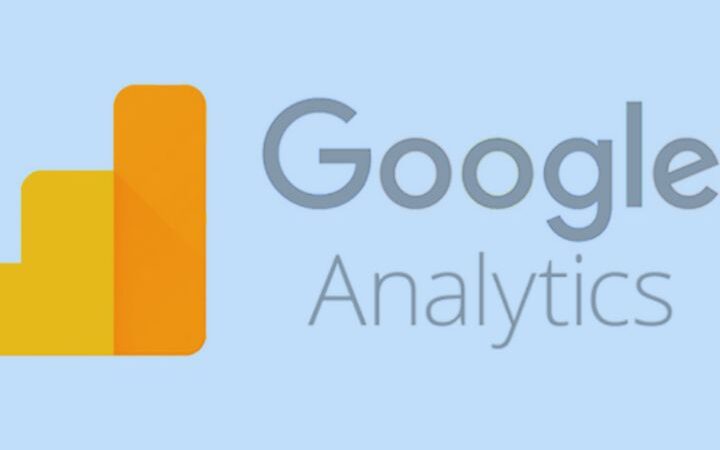SEO Tips That Will Help Your Website To Rank Better On Google

The Internet is both a business directory and a telephone directory – visibility is everything here! But how do you manage to be visible? At Google, everything seems to revolve around the so-called ranking. With 10 SEO tips, everyone can improve the ranking of their website!
SEO tips are neither magic nor rocket science. Anyone can learn that. All it takes is a few tweaks, and your website will appear higher in search results. This is important because nowadays, you only have a chance of being found on the first hit page.
Many businesses are going online now and need SEO tips on becoming more visible. Why now? Digitization is promoted with Go Digital. And it would be best if you didn’t miss that.
SEO Tip 1: Optimize pages, not domains
You should know: Google ranks individual pages, not domains! This means that your website’s content is combed through and rated. It is one of the important one in SEO tips.
Each page is evaluated individually, so a particularly good subpage in your structure is found accordingly well (because Google lists it) – even without your homepage having this quality.
- For you, this means: Optimizing individual pages and don’t try to push your domain by placing ads.
- For this, each page should have its title and meta description. Avoid duplication!
- All these will highly depend on content SEO. Check out this website, and learn how content marketing can help you more.
Tip 2 – A good site for users
As you work through the tips below, keep one important thing in mind. You can have as high a keyword density as possible, have the best linking, and many other things technically correct. If your site doesn’t convince the user, none of this will help.
Because Google measures how users behave on your pages, how long they stay on it, where and when they jump off, and where they go.
Worst case: A user visits your site, stays for a moment, and then goes back to Google to search again. For this search, Google will classify you as irrelevant in the future. The more often this happens, the worse.
This means:
You must ensure that the user finds exactly what he is looking for. He has to be able to find his way around your site and be able to orient himself.
In the best case, you can direct him via your site to other pages, where he can get his information in more depth.
Tip 3 – The correct title for your website
For Google, the title of your page is the first indication of what the page is about. This means that you should define very precisely what the user will find here. The more accurate, the better. That’s why:
- The top keyword you want to be found for should be in the title.
- The title should be meaningful.
- The title and the actual content of your page should be harmonious.
- The optimal length for good titles is between 40 and 60 characters.
Tip 4 – What is a meta description, and who needs it?
The meta description is an element on your webpage that describes the page’s content but does not directly appear as content on the page.
Google uses this description to show the user in the search results directly after the title what will be found behind the link to your page. If you don’t create your meta description, Google will find one for you.
So if you write one yourself, you have sovereignty over the content. The same goes for a good meta description as for the title:
- Your top keyword you want to be found for should be in the meta description. Google displays the keyword in bold in the results.
- The meta description should be meaningful.
- Meta description and the actual content of your page should be congruent.
- The optimal length for good meta descriptions is around 160 characters.
Tip 5: Keywords
Keywords are the keywords that the website is searched for by search engines. The keywords are generated from the search queries entered by the users.
If the keywords are in the right places, the Google crawler recognizes the site’s relevance. These are the four tips for the keywords:
- The homepage keyword should always be placed in the domain. That alone improves the ranking noticeably.
- Ideally, all keywords in the first sentence of the page are edited. In the rest of the text on the page, a keyword frequency of around two percent is entirely sufficient. Often even less is enough.
- The keywords must be included in the website’s meta description. They are not visible there on the website itself. But they show up in Google search results. And that brings the page up as well.
In any case, you should optimize each page for one keyword if possible.
Tip 6 – Content suitable for search engines
Many SEO beginners believe they need to optimize their website for the needs of Google and only for this machine. But that is entirely wrong thinking. Google wants one thing in their search results: happy searchers and this will be possible by following SEO tips.
And he is satisfied when he finds a suitable solution to his search, i.e., his problem. And that is precisely what you want: that a seeker finds the solution in you.
So the most crucial task for you is: Create content that solves or answers as many of your user’s problems and questions as possible.
Of course, to design your content to the point, you first have to know what users want. And what they are looking for. It doesn’t always have to be congruent. This is how you find out.
Top ten methods for your content and keywords
- Enter your keyword into Google and look at the top 10 search list results.
- Check the contents of these ten articles and take from them the most important questions you want to answer yourself.
Tip 7 – Images optimized for Google
Images are an increasingly important part of your website: On the one hand, there is the Google image search, which many users use instead of the regular Google search without the SEO tips.
On the other hand, images can convince your users to click on your post. So much is to be said for using as many images as possible on your site. But be careful: Depending on their size, images can make your site slow. That’s why:
- Your images should be small and load quickly on the page.
- Images should respond dynamically to the user’s device to surf your site.
- Uses the alt attribute for each image. It contains alternative text that will be shown instead of an image if your image doesn’t load. It also gives Google the ability to understand the content of the image.
- If possible, place your main keyword in the ALT tag.
Tip 8: Build links
If we compare the Internet to an old business directory, it’s not that far-fetched. Connections needed to be listed in the various business directories. In the past, you had to try to do this actively. Today, the Internet is still about relationships.
Links and referrals are the currency in which visibility is paid. Links are one of the three most important Google evaluation criteria.
A website needs a sufficient number of links in the texts and images if it wants to be visible. But of course, it’s not about any links:
- Pages must link to high-quality items. However, if a link points to a competitor, no keyword should be included in the link.
- The website should contain both do-follow and no follow links. The latter can well be in irrelevant tags for the search engine because they generate less traffic.
- Some sites on the Internet are good, and some are not. Links to the so-called 3P sites (3P = pills, porn, poker) are wrong. This harms the ranking.
- The alt attributes of images should be used to place keywords in them.
These are only the links that point away from your site. But you don’t want to send users away; you want to get them onto your own site and keep them there. That’s what the next tip is for!
Tip 9: Build backlinks
People who attract attention with clever lectures and who are allowed to have their say as experts on other sites enjoy a lot of authority. This is still the case in the digital age, and that’s why backlinks are so important.
You get that by writing guest posts on other sites. Blogs and forums are primarily available for this purpose. The link to your website is usually welcome. You can also build backlinks through press releases.
Make a list of relevant websites that are big players on the web for your topic. Institutions with good reputations with users and search engines are fascinating. For example, is linked to Wikipedia brings a jump in visibility.
Try to place your backlink on these pages with offers – sometimes a simple link exchange is enough, sometimes you can score with a guest article, and sometimes it has to be more. Uses databases such as our startup kitchen startup guide.
Sometimes the article commenting tool also works – but be careful; many links are suppressed here and are only welcome if they mean real added value for the reader and are not understood as cheap advertising.
Tip 10: Clear structure!
It sounds banal at first, but it is not a matter of course. It is not only crucial that each keyword is used for only one page. Always consider the orientation of the reader.
Do not overload your site with additional information, links, and advertising. Instead, it guides the reading flow and leads it exactly where you want it to be.






